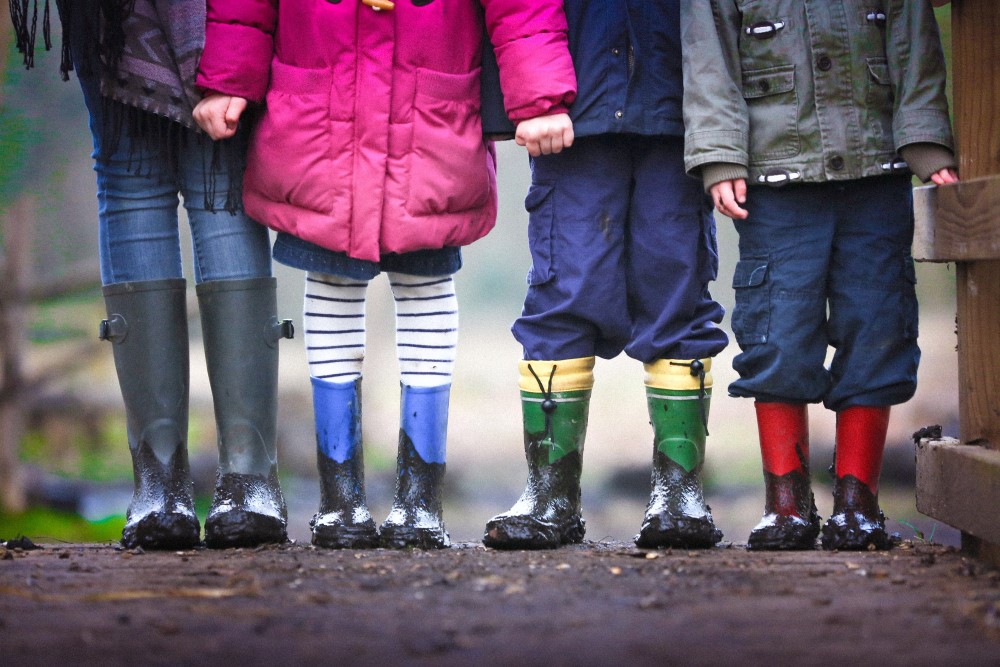Update from September 2019
September saw the publication of the latest version of Keeping Children Safe in Education. The draft version was released prior to the summer holiday, but of course, changes may have been made all the way through to its implementation date of 2nd September. Unlike last year this is not a huge rewrite, but more of an update.
Key Changes
The key areas of change include some new guidance on specific issues such as upskirting and serious violent crime, familiarization with and implementation of the latest local safeguarding procedures (replacement of local safeguarding children’s boards by safeguarding partners), checks for governors and reference to the latest non-statutory guidance on teaching online safety.
Online Safety
Whilst KCSIE is the core document for all safeguarding issues whether offline or online its role in the latter cannot be under-estimated. It is possibly the single most important document given the status of the national curriculum in academies and the independent sector. The revisions to the guidance last year saw the inclusion of references to Relationships Education alongside teaching online safety. This year it references not only Education for a Connected World but also the non-statutory guidance for teaching online safety. The big issue however, is that many schools and teachers are not familiar with everything that KCSIE says in these areas, because they do not form the body of the document but are referenced in annex C.
Teaching online safety is a statutory requirement
Keeping Children Safe in Education is absolutely and unequivocally clear that teaching online safety is a statutory requirement. It places this at a higher level than filters, monitoring and auditing. It specifically states that while system protections are essential, their implementation must not prevent effective teaching. Teaching is at the core of keeping children safe online. The document sets out that teaching online safety should be considered as part of providing a broad and balanced curriculum. This year this is strengthened by developments in inspection whereby Ofsted will have a greater interest in curriculum during inspection. Of course, with the developments in Relationships Education it is unsurprising to see direct reference to this in paragraph 89.
Annex C is an excellent resource for schools
As mentioned previously however a key area is Annex C. This, like the main body of the document, has not undergone significant change from the previous version. But there are important updates. The most important being the reference to the recently published non-statutory guidance on teaching online safety in school. This document marks some big changes in thinking. It now outlines core understanding across a much wider area than previously considered important including, but not restricted to, navigating the internet and managing information as well as wellbeing alongside staying safe. KCSIE also still references the Education for a Connected World framework published by UKCIS. This is an excellent document that aims to support the development of the curriculum by providing a set of age appropriate can-do statements from early years through to 18 years. It is the document around which we have structured our own digital citizenship and Relationships Education, Web Wizards.
Staff training
The importance of staff training in safeguarding cannot be overstated. KCSIE ensures there is a statutory responsibility on schools to provide appropriate safeguarding and child protection training for all staff (part 1 para 14 & part 2 para-84-86). In addition, it states that they should have updates as and when required and at least annually. Annex C further develops this specifically stating that online safety training for staff is integrated and aligned and considered as part of the overall safeguarding approach. This is critical for effective teaching of online safety, given the rate of development of technology and the associated risks.
Conclusion
Keeping Children Safe in Education sets outs critical requirements, information, guidance and support for schools in the area of online safety. In order to get the most out of the document, regarding online safety, it is essential that core staff are familiar with Annex C and that its content is shared appropriately across the whole school.

 Australia
Australia Canada
Canada LATAM
LATAM New Zealand
New Zealand UAE
UAE United States
United States








